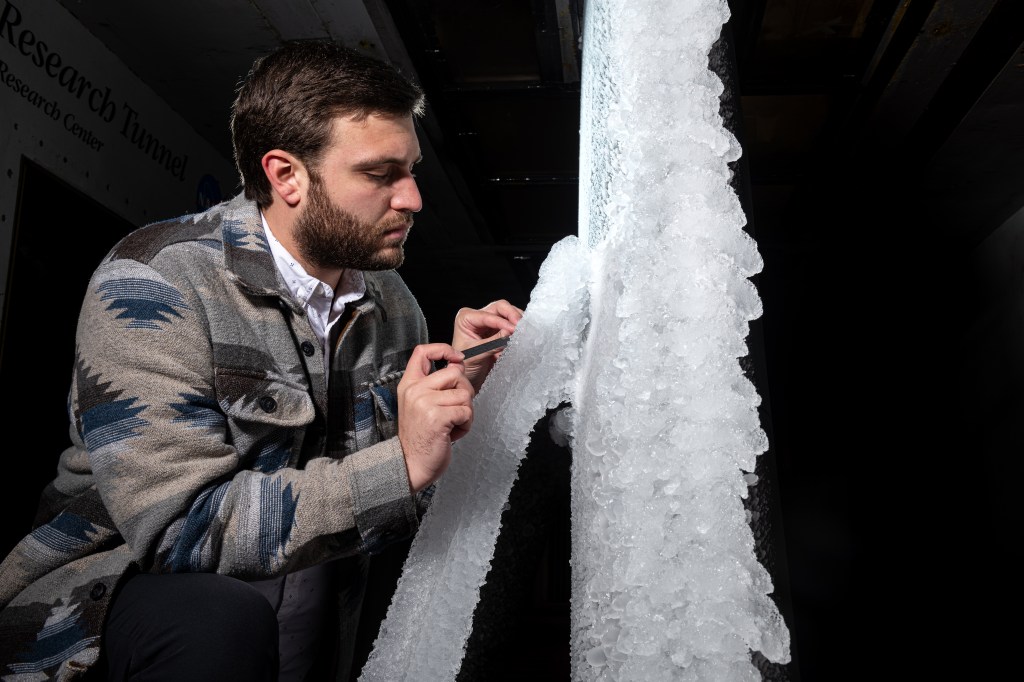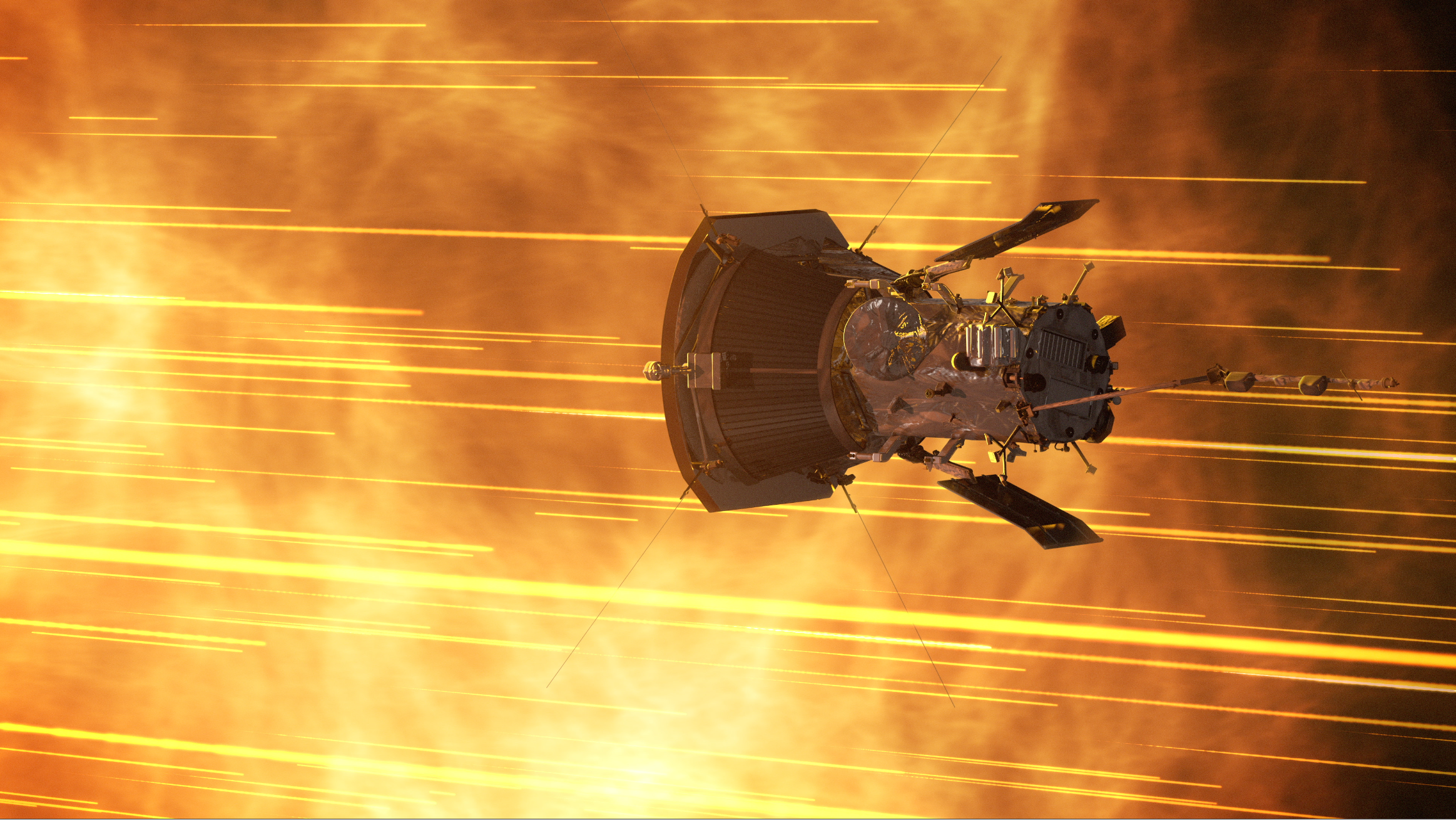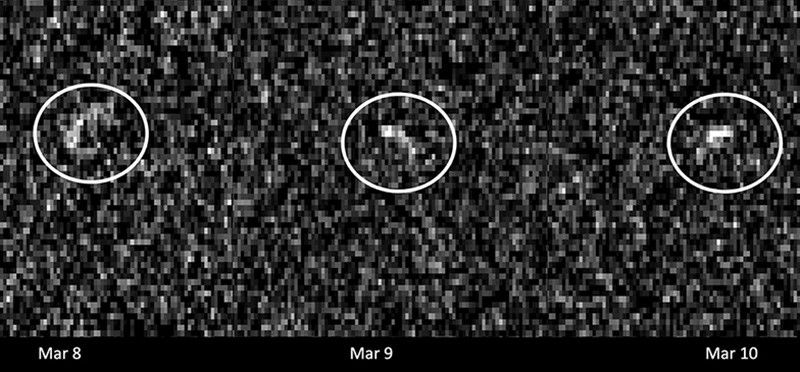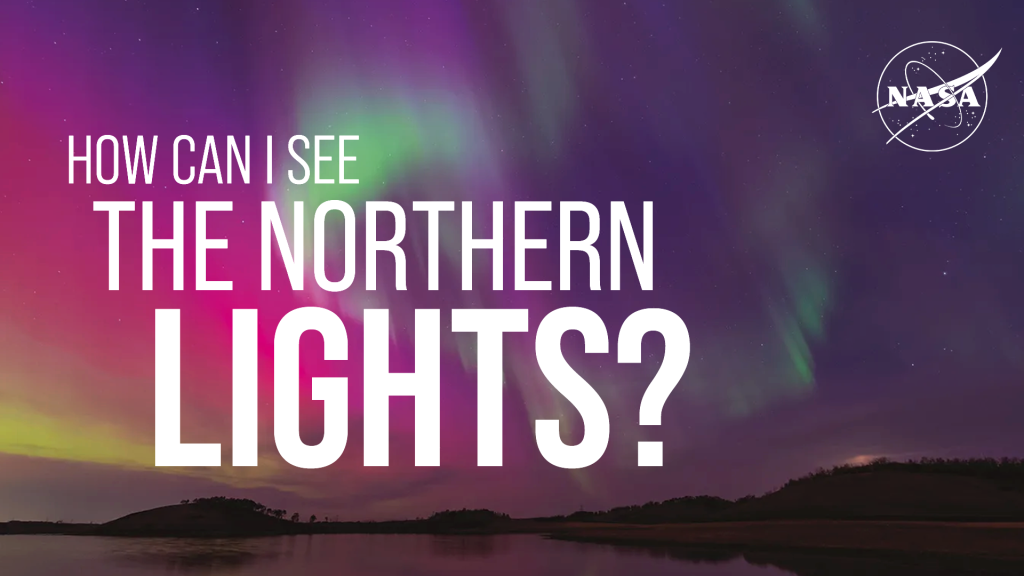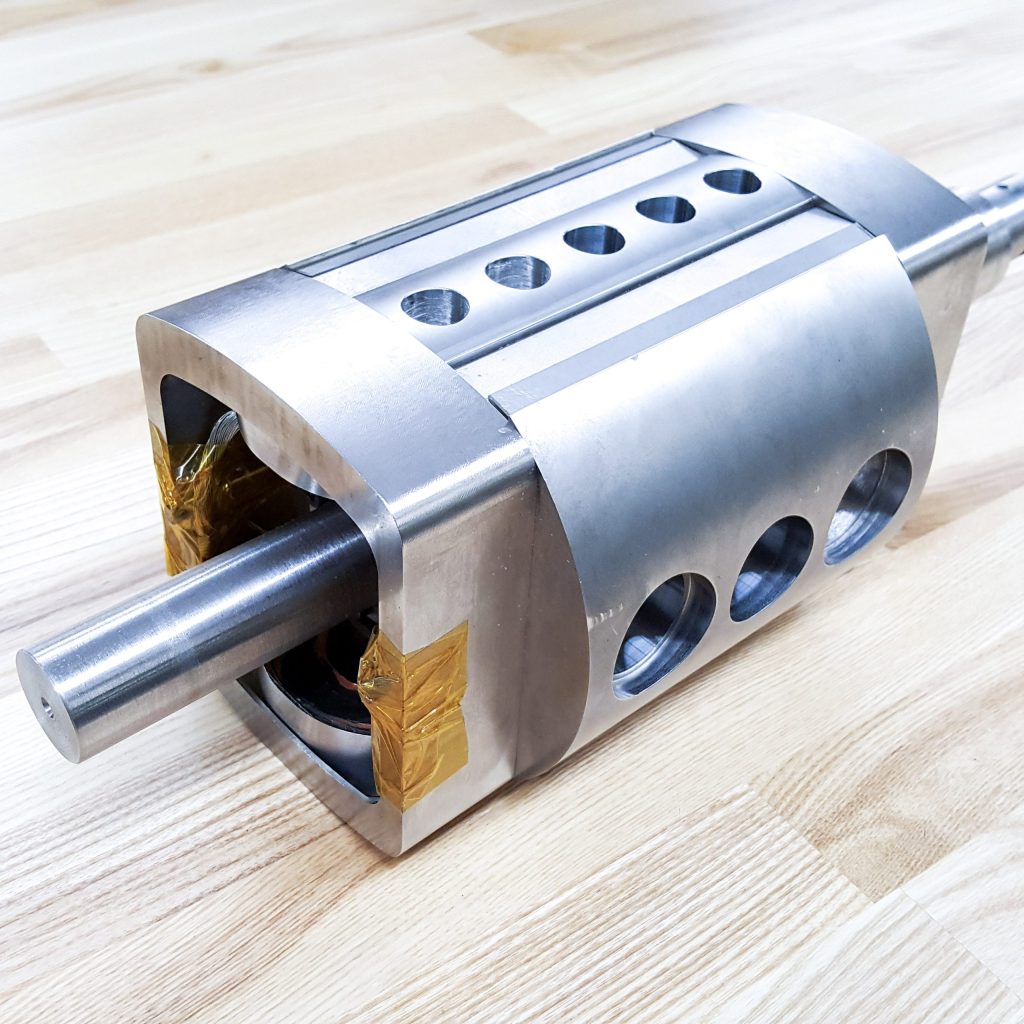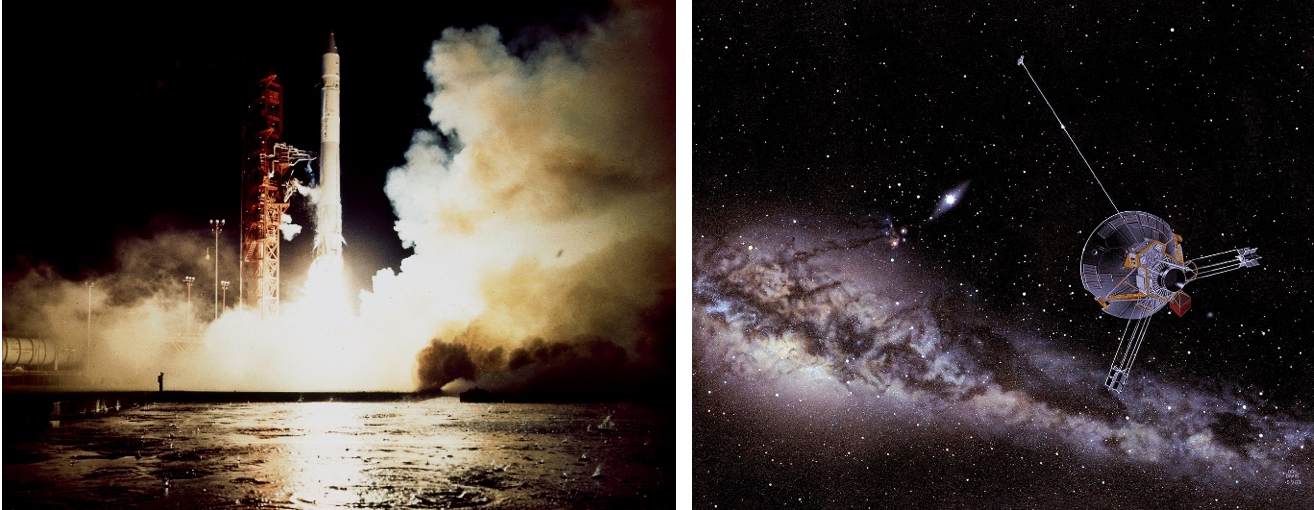A rare alignment of the outer planets (Jupiter, Saturn, Uranus, and Neptune) in the late 1970s provided an opportunity to explore that part of the solar system with relative ease, using gravity assists to send spacecraft from one planet to the next. To take advantage of this every 175-year event, NASA planned to send a pair of Voyager spacecraft to fly by Jupiter and Saturn, with a possibility of also exploring Uranus and Neptune. To ensure that spacecraft can survive passing through the Asteroid Belt and Jupiter’s strong radiation belts, NASA’s Ames Research Center in Silicon Valley, California, built two smaller Pioneer spacecraft as pathfinders. Pioneer 10 launched first on March 2, 1972, and its twin Pioneer 11 on April 5, 1973 (April 6 UTC). Pioneer 11 carried 11 scientific instruments, one more than its predecessor, to study Jupiter and its environment as well as interplanetary space.
As originally conceived, Pioneer 11 was intended as a backup to Pioneer 10 that launched 13 months earlier and was already through the asteroid belt, the first spacecraft to travel beyond the orbit of Mars, and on its way to the very first encounter with Jupiter in December 1973. After Pioneer 10 successfully completed its observations of Jupiter, mission planners retargeted Pioneer 11 in May 1974 to use the giant planet’s gravity to slingshot the spacecraft to encounter Saturn in 1979. Pioneer 11 successfully completed its crossing of the asteroid belt in April 1974.
Pioneer 11 began its observations of Jupiter in November and made its closest approach to the giant planet’s cloud tops on December 2 at a distance of only 26,612 miles and a speed of 107,400 miles per hour. During the encounter, the spacecraft took the most detailed images of the Great Red Spot and mapped Jupiter’s polar regions.
In late July 1979, Pioneer 11 began to observe of Saturn. By that time, the two Voyagers had been launched, had completed their fly-bys of Jupiter and were on their way to Saturn. NASA managers had to choose where to target Pioneer’s flyby of Saturn to provide maximum support to the Voyagers. Options included a more scientifically interesting but riskier passage through Saturn’s inner rings or a less interesting pass through the outer rings but which would be a pathfinder for Voyager 2 that had to take that same trajectory to ensure the proper gravity assist to send it on to Uranus and ultimately Neptune. After much deliberation, managers decided it was more important to ensure that Voyager 2 complete the planned grand tour of the outer planets. On September 1, 1979, Pioneer 11 passed within 13,000 miles of Saturn’s cloud tops and sent back data on the planet, its rings and satellites. Based on the data, scientists discovered that Saturn’s atmosphere consists mostly of liquid hydrogen, and found two new moons and one new ring. The spacecraft completed its study of the ringed planet in October.
Planned for 21 months of operations, just long enough to reach Jupiter and study the giant planet, Pioneer 11 ended up making the first remote observations of Saturn and working for 22 years. After the encounter with the ringed planet, Pioneer sailed on a trajectory that took it out of the solar system. On February 23, 1990, it passed the orbit of the outermost planet and began its interstellar mission. The final signal from the spacecraft was received on November 24, 1995. Should advanced alien civilizations find the Pioneer spacecraft, both carried a plaque providing information about their creators and where they originated. Carl Sagan, Frank Drake and Linda Salzman Sagan designed the plaque.
A full-scale mockup of Pioneer 10 and 11 is on display at the Smithsonian Institute’s National Air and Space Museum’s Milestones of Flight exhibit.
For more on Pioneer 11, see https://science.nasa.gov/mission/pioneer-11/
Check out a related read from NASA Ames: 45 Years Ago Pioneer 11 Launches, Goes on to Be First Human-made Object to Fly Past Saturn


